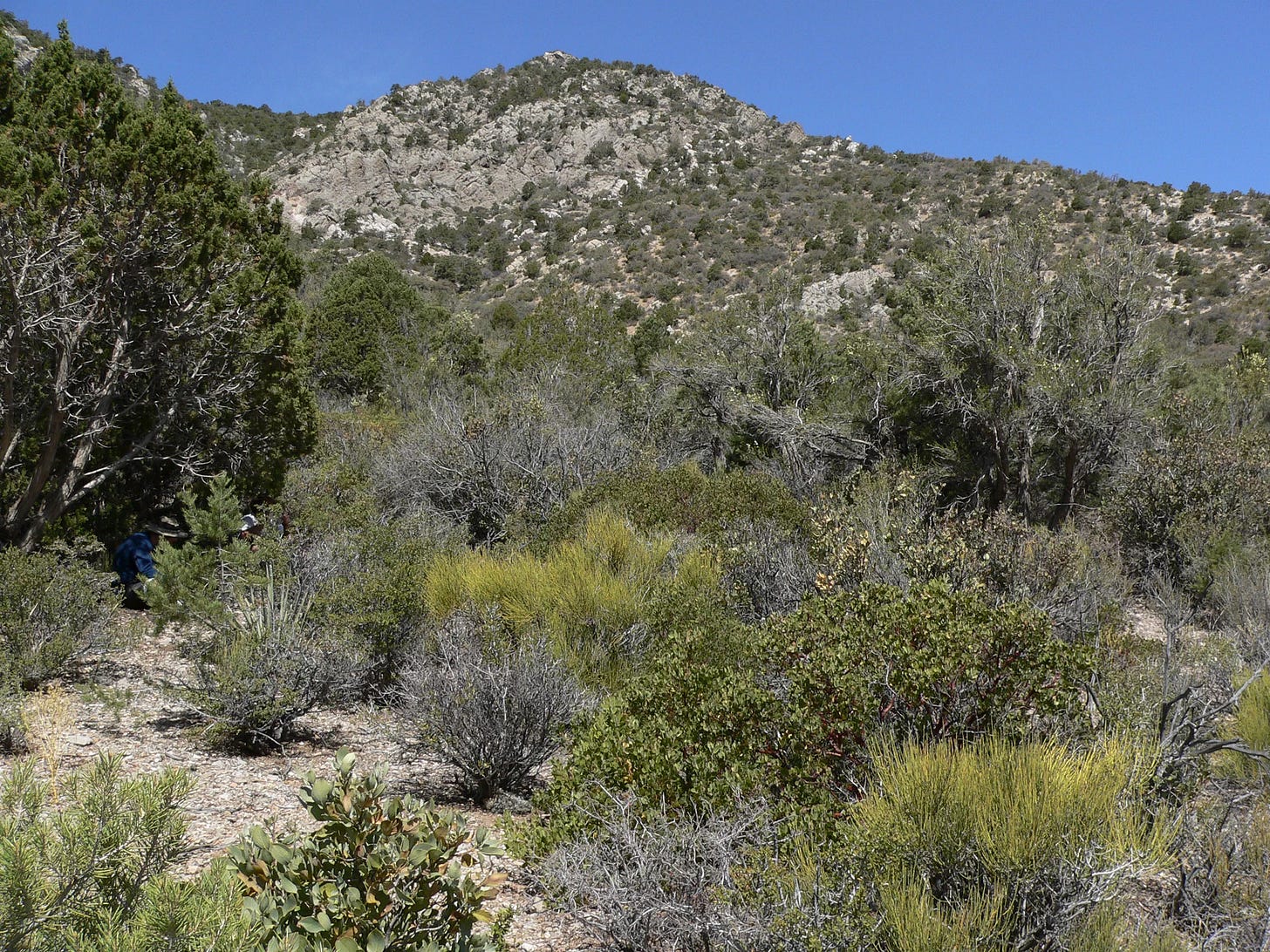LA Fires: Climate Change or Wildlife Mismanagement?
On January 7th, 2025, the people of Los Angeles’ world was turned upside down when the Palisades fire consumed and destroyed over 32,000 acres, turning homes, businesses, and livelihoods into dust. As evacuees returned to survey the damage, many are questioning what caused this fire and who is responsible for its beginnings.
Wildfires have never been uncommon in California, but they are occurring more frequently. Over the past two decades, the frequency and intensity of wildfires have doubled, causing more destruction. Since 2000, a yearly average of 70,025 wildfires have destroyed 7 million acres, more than double the average burned in the 1990s. Additionally, nine out of ten of North America’s hottest years were in the 2000s, with the other in 1998. LA, especially, has had plenty of fires before. On average, they experience two wildfires a decade.
Many on the left have pointed to climate change as a key factor in the starting of these fires. The right has directed criticism towards the mayor of LA, Karen Bass. Both narratives have some truth to them, but they are missing what is at the center of what is responsible for this catastrophe.
Many ignore that LA’s dense forests and brush surrounding the city are the key catalyst for fires to start in an area with bone-dry winds and a particularly parched winter season. Unlike many would like to believe, the LA area is a grassland, not a desert, surrounded by dense brush and forests in a dry atmosphere. The Santa Monica mountains, which direct those warm Santa Anna winds directly to LA because of the topography, fuel the fires. Add in human settlements, and it creates the perfect equation for a disaster like this to happen.
As LA continued to be built over the years, a lack of space in urban centers caused developers to move projects into areas with more wildlife. Most available data suggests that approximately 18-20% of Los Angeles County is covered by tree canopy, leaving those areas particularly vulnerable to wildfires and other natural disasters. Unlike other major cities, like Boston, which is centered in a suburb and gradually grew to reach the forests and wildlife, LA is built in the middle of an entirely different ecosystem. According to Boston University, the greater LA county area is surrounded by chaparral, a type of shrubland that relies on periodic burning for reproduction. The occasional fires clear out old plants and animals to start anew.
In the past, officials took steps to prevent the severity of these fires by conducting controlled burns to clear areas with dead brush that can easily be caught on fire and cutting down trees in areas with high residential populations. More recently, California and LA’s policies have changed. Many areas, including LA, stopped conducting controlled burns and logging because of environmental concerns.
While the criticism directed at government officials often disregards the importance of wildlife management, politicians neglected other contributing factors, which only worsened the situation.
First, a mass water shortage during the fires severely restricted the fire department’s ability to fight the blaze. The Santa Inez Reservoir, which used to hold 117 million gallons of water, was closed in February of last year for construction for repairs. The reservoir had saved the Pacific Palisades from many blazes in the past and failed the area when they needed it the most. As a result, two lawsuits have been filed, and Gov. Gavin Newsom has launched an investigation. Quickly after, hydrants ran dry, and although they are not the most useful for fighting large-scale burns, they can help firefighters protect individual neighborhoods, many of which were destroyed because of the fire. More than 10 years after Californians passed Proposition 1, which directed a $2.4 billion bond to build new water storage areas, only 1 of the proposed projects has begun construction.
Current California governor Gavin Newsom promised to do more prescribed burns during his administration to actively prevent these fires. However, the data shows that he overstated the amount he accomplished by 690%. While he said he’d been able to cover 90,000 acres, the state’s data shows it was only 11,000.
Furthermore, LA’s mayor, Karen Bass, also severely cut funding for the department. Since 2010, there have been double the amount of calls, yet 68 fewer people work at the fire department than 15 years ago. She also cut $17.6 million of the department’s funding, 2% of their budget.
In conclusion, while it is important to hold officials accountable for their handling of this situation, it is more apparent that the fires that often destroy LA are unavoidable due to the environment that the city is built upon. While it is easy to say that perhaps the whole area should have never been developed in the first place, what we need to do is look to solutions that protect LA wildlife while still making it safe for people to live there. Controlled burns, mentioned previously, are one way to do this, but it is clear that there needs to be more solutions to this growing, and increasingly expensive, problem.




